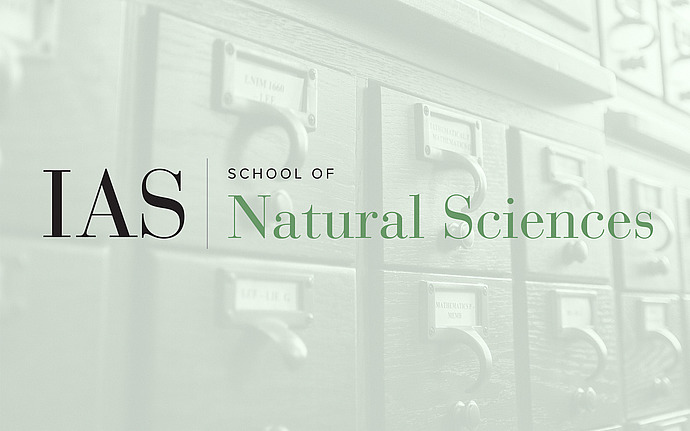
Institute for Advanced Study / Princeton University Joint Astrophysics Colloquium
Galaxy Clusters : the largest particle accelerators in the Universe
Galaxy clusters and cosmic filaments are the largest structures in the Universe. During mergers between clusters shocks and turbulence are driven in the intra-cluster-medium (ICM) and dissipate a fraction of their energy into particle acceleration and amplification of magnetic fields in the medium. The clear imprint of these phenomena is the cluster-scale diffuse radio emission that is observed in a large fraction of massive and dynamically active clusters in the form of the largest radio sources in the Universe : giant radio halos and radio relics. Unveiling the complex chain of mechanisms that transport the energy from large scales to micro-scales and that eventually damp such energy into non thermal components is important for understanding particle acceleration in a unique regime and to obtain crucial information on the physics and evolution of the ICM. After giving an introduction to the observed phenomenology of the non thermal phenomena in galaxy clusters and to the main mechanisms for particle acceleration in these systems, I will focus on the models based on second order Fermi acceleration in the ICM that provide a popular approach to understand the formation of radio halos and their interplay with clusters dynamics. In the recent years observations with the pan-European radio telescope LOFAR are entering an unexplored parameter space providing important insights in this research area. In the second part of the talk I will give a overview of the most interesting discoveries with LOFAR in this field, on their interpretation and on the challenges raised by these observations.